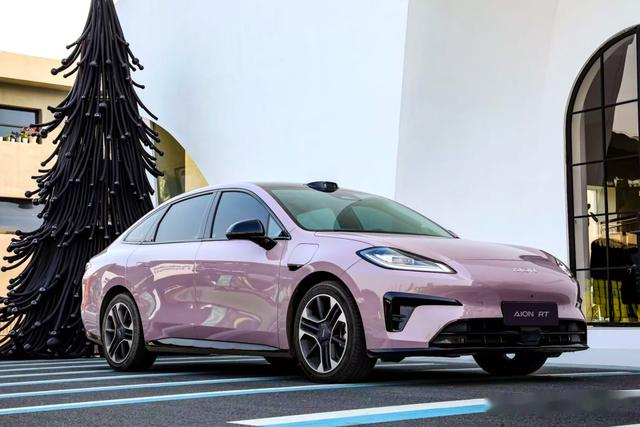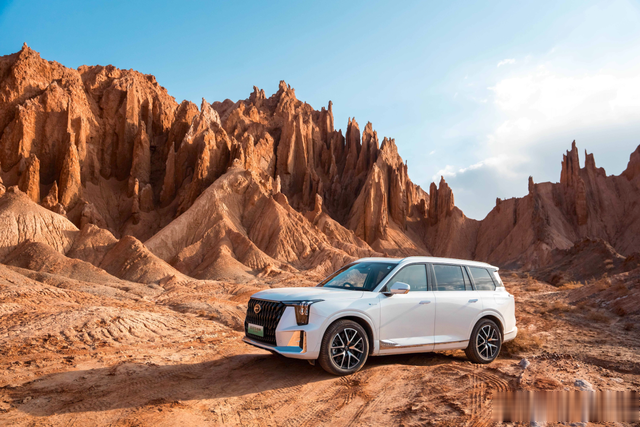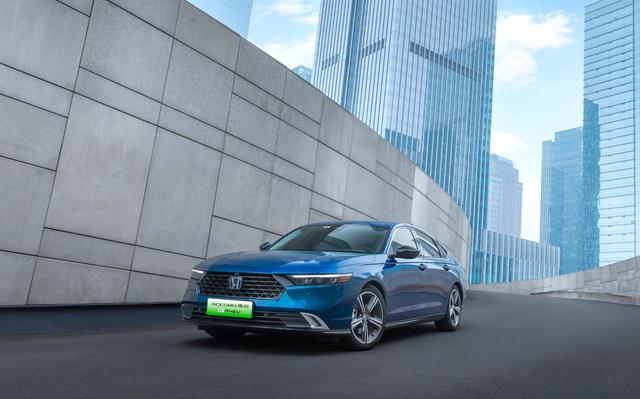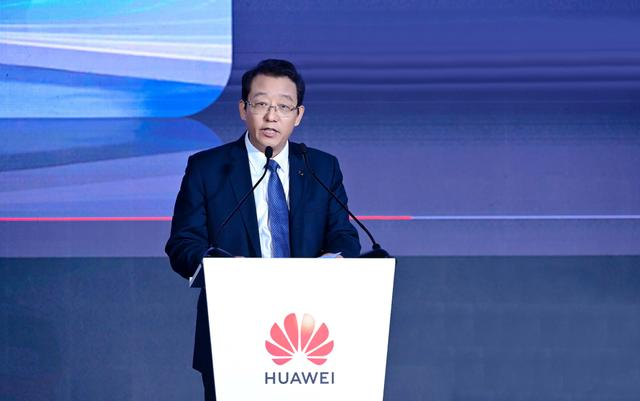Holding the strong assets of GAC Honda and GAC Toyota, regarded as the stronghold of Japanese automakers, and having built rising stars like GAC Trumpchi and GAC Aion under its independent brands, GAC Group once basked in boundless glory.
However, as the Chinese automobile market rapidly transitions toward electrification and intelligence, GAC Group has gradually fallen into a comprehensive dilemma in both its joint ventures and independent operations. The joint venture segment, in particular, has experienced a significant contraction. In 2024, GAC Group’s total sales were just 2 million units, a 20% year-over-year decline, far short of its target of 2.75 million units.
In a decisive move, GAC Group vacated its central headquarters in Guangzhou’s CBD to relocate to Panyu Auto City, where its independent brands are based, signaling a shift in strategy. It unveiled the three-year “Panyu Action Plan,” aimed at restructuring its approach to independent brands and targeting sales of 2 million units by 2027, accounting for over 60% of the Group's total sales.
This time, it seems GAC Group is genuinely anxious!

The first significant move GAC Group made was directed toward its two independent brands, GAC Trumpchi and GAC Aion. After years of structural and product segmentation between the two brands, they are now being reorganized into a unified force, enhancing brand synergy and product standardization to improve operational efficiency and cost competitiveness.
According to GAC Group’s newly announced organizational structure, it has established key departments, including Finance, Procurement, Product, and Brand Marketing. The Brand Marketing Division, in particular, oversees the Trumpchi, Aion, and Hyper sub-brands, with dedicated leads focusing on comprehensive reforms in marketing and customer service.
On the product front, the former segmentation where GAC Trumpchi focused on internal combustion vehicles and Aion specialized in pure electric vehicles is being eliminated. Both brands will now introduce full-spectrum models, including plug-in hybrids, range-extended electric vehicles, and battery electric vehicles. Additionally, the Hyper sub-brand will operate more independently, aiming to become GAC Group’s sole premium brand.
Given the current trends in China’s automobile market, GAC Group’s decision to go “all-in” on independent brands is understandable. As a state-owned automaker, it is almost inevitable to prioritize independent brand development, whether due to performance metrics, government support, or brand image considerations.
However, while GAC Group is eager to develop its independent brands, it must not act in haste, as doing so risks overcorrecting.

Joint ventures have always been the foundation of state-owned automakers’ survival, as seen with FAW, Dongfeng, and SAIC. GAC Group should neither abandon nor overlook the development of its joint ventures.
Despite a more than 22% year-over-year decline in 2024 sales, GAC Honda and GAC Toyota still achieved combined sales of 1.2 million units, accounting for 60% of GAC Group’s total volume and remaining the Group’s primary profit drivers.
Historically, GAC Honda and GAC Toyota have been major contributors to GAC Group’s sales and profits and key enablers of Trumpchi and Aion’s growth. Now that the Group is fully committed to developing independent brands focused on new energy vehicles—requiring larger investments and with uncertain profitability—it is even more critical for the joint ventures to hold up half the sky.
The market and opportunities available to GAC Group are not limited to a single path of independent new energy vehicles. Among state-owned automakers, who can truly compete with BYD, Geely, or Chery? And how can they rival emerging players like NIO, Li Auto, or XPeng?
With GAC Aion’s IPO plans currently on hold, does GAC Group want to become just another automaker relying on government subsidies for new energy vehicles?
The upheaval in the global auto industry doesn’t leave GAC Group with just one narrow option. Its partnership with Huawei to create a new brand is clear proof of this.

While the global rise of Tesla and BYD’s ascent into the top ten automakers have brought unprecedented opportunities, these paths are not suitable for everyone and not everyone can succeed in this space.
GAC Group has latched onto Huawei as its lifeline in the new energy vehicle market. The two parties will invest ¥1.5 billion in their GH project company, embarking on end-to-end collaboration, including product definition and development, vehicle manufacturing, marketing strategies, sales services, and user ecosystems. The first product, based on a new architecture and advanced technology, is positioned as a ¥300,000 luxury smart new energy vehicle.
However, Toyota, with virtually zero sales in the new energy market, remains the global leader in automotive sales, while Volkswagen, emulating Tesla, has “picked up sesame seeds but lost the watermelon,” seeing its global standing decline. This stark contrast is a scenario worth deep reflection for GAC Group.
Abandoning or downplaying joint ventures would be shortsighted. Users, suppliers, and competitors alike recognize that joint ventures are vital market pillars and rare growth opportunities.
Although calls for “equal rights for hybrids and EVs” have sparked controversy, customers choose GAC vehicles primarily for their quality rather than trends. As long as the products are good and sales rise, criticism and skepticism will ultimately be meaningless.
The massive sales and profits delivered by Honda and Toyota are enviable. GAC Group should not give up on these advantages lightly. In this regard, SAIC serves as an excellent example: it has fully integrated its independent brands while simultaneously advancing transformations in its joint ventures.
GAC Group may lack the confidence and composure of Toyota’s Akio Toyoda, but it must recognize that developing independent brands requires maintaining the foundation of joint ventures.

As China’s strongest automotive group, SAIC’s recent initiatives are worth emulating. For example, it wrested Audi production rights from FAW and launched the exclusive “AUDI” brand for the Chinese market. It also introduced the world’s only plug-in hybrid technology for the Buick GL8 under SAIC-GM.
Although GAC Group may lack SAIC’s clout and cannot secure Lexus from FAW, the complex web of interests surrounding Lexus localization is not worth pursuing. Instead, GAC Group could leverage other global Toyota brands with inherent order volumes for local production.
Meanwhile, GAC Honda remains a highly marketable flagship for GAC Group, capable of delivering more substantial returns. Balancing independent EV development with sincere efforts in its joint ventures could yield significant gains for both sides.
The government’s guidance should also remain pragmatic, focusing on sales and GDP rather than dogmatic policies.

Facing declining sales, GAC Group has become one of the scapegoats for Guangzhou’s economic ranking slip. It is anxious, but which Chinese automaker isn’t? However, panic-driven decisions can have disastrous consequences.
GAC Group’s history proves that developing independent brands must be grounded in a stable joint venture segment. Otherwise, the growth of independent EVs risks becoming a “river without a source.”
So, while urgency is understandable, GAC Group must tread carefully. After a major overhaul of its independent operations, we look forward to seeing a broader vision and fresh ideas for its joint ventures—perhaps even a return to the glory days of GAC Honda’s founding.
